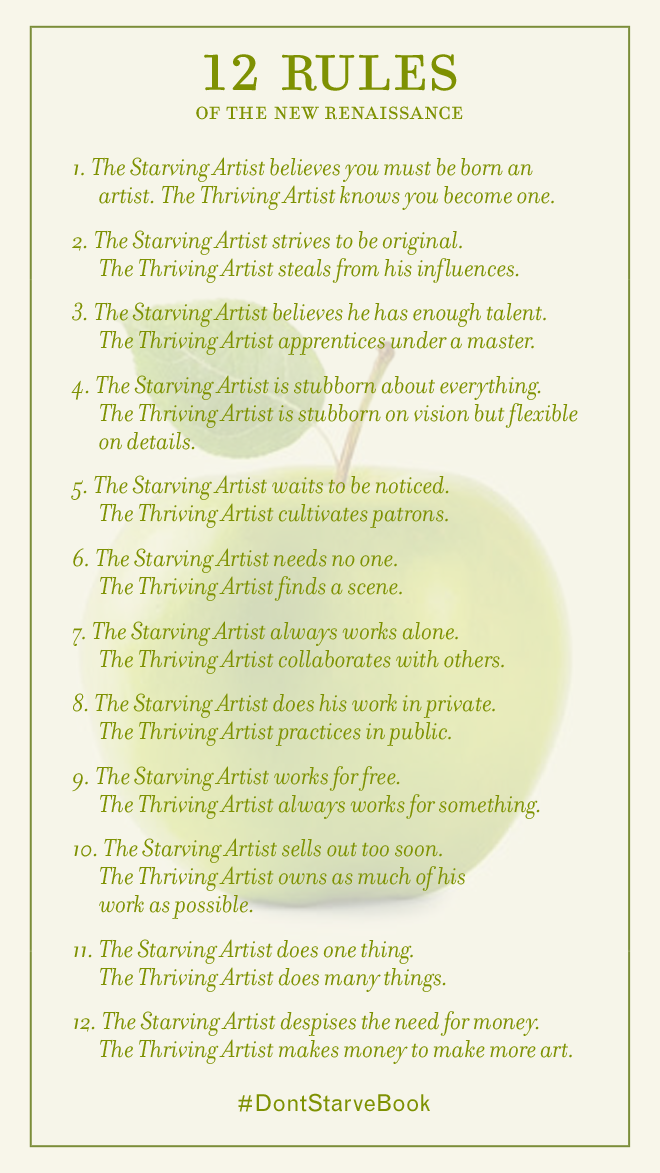 Photo Credit: USAFA
Photo Credit: USAFA
Two workplace scenarios. The first is when either the manager or the team is super excited about a goal, and action items are determined and given to just the right team member and calendared for quick turnaround.  Photo Credit: JSC
Photo Credit: JSC
The second scenario is when either the manager or the team is super excited about a goal, then one or the other digs in their heels. The meeting ends with no clear shared responsibilities, no movement forward, no hope of change. Photo Credit: GangplankHQ, Flickr
Photo Credit: GangplankHQ, Flickr
Sigh…all the most excellent strategic planning can take place inside a conference room…and without execution. Essentially, nothing happened there.
I’ve had both kinds of team experiences and want to focus on the former one above. Talk about high employee morale when a group of colleagues operate as a finely tuned machine and the yield is high-quality productivity.
FranklinCovey is a leadership consulting firm. I discovered this firm through the book The 4 Disciplines of Execution authored by leaders in the firm.
The 4 Disciplines of Execution: Achieving Your Wildly Important Goals is written by Sean Covey, Chris McChesney, and Jim Huling.
When you go to the website, you actually are able to immediately grow in your understanding of how to influence execution in your company. The video below is an incredible teaching tool – 17 minutes of powerful content on execution:
In brief, their 4 disciplines of execution are:
- Focus on the wildly important goals (WIGs). The day-to-day operations always stand against those game-changer goals. Determine to be unyielding on the highest-priority goals (1-3 maximum).
- Act on the Lead Measure. [New terminology for me.] The lag measure is the goal itself. The lead measure is what you can influence to accomplish the lag measure. Lead measures are the leverage used to get to the lag measure (goal). Lead measures are “predictive and influenceable“.
- Create a compelling scoreboard. I appreciate the wisdom of this (Chris McChesney describes it so well in video above). The scoreboard is not for the manager. It’s all about the players at this juncture, and it should feel like a game. [Actually an element of fun and energy incorporated. What a concept!] The scoreboard would be simple, highly visible and the players (employees) should be able to tell right away from the scoreboard whether they are winning or losing toward meeting the goal.
- Create a cadence of accountability. Everybody is going to love this! 20-minute meetings are calendared every week, at the same time. All the people in the room have “skin in the game”. This meeting is sharply focused on 3 things (related to the lead measures only): each person reports on the week before; reviews/updates the scoreboard; makes commitments for coming week. That’s it! How streamlined and forward-moving, is that?!
[ 4 points taken from the video above: 4 Disciplines of Execution]
Many years ago, I was on a work team that was given the responsibility and liberty to determine what else was needed in the formation of a comprehensive cancer center. We had many places already in place – excellent medical and nursing care, an engaged community, and a charitable foundation to provide extra resources for taking us to a state-of-the-art cancer center.
3 nurses – Kay, Kathy, and I – had the question to answer of “Why Else?” What else did we need? We worked together on the planning and execution of comprehensive support services and education. Each of us brought our own giftings – I had vision and ideas, Kay was an influential nurse manager, and Kathy was detail-oriented and had a gift for taking a project to completion. Some of the services that came out of those problem-solving sessions are still embedded deeply into the DNA of that cancer center today.

Ray Dalio, founder of Bridgewater Associates, presented some of his business principles in a TED Talk entitled “How to Build a Company Where the Best Ideas Win”.
Start at 6:17 minutes in (if you don’t want story and context), and you will hear his wisdom about the importance of radical truthfulness and radical transparency.
“One of the greatest tragedies of mankind: People arrogantly, naively holding opinions in their minds that are wrong…and acting on them, and not putting them out there to stress-test them, and that’s a tragedy.” – Ray Dalio
“Collective decision-making is so much better than individual decision-making if it’s done well.” – Ray Dalio
Kathy, Kay, and I had that sort of team relationship – radical truthfulness and radical transparency.
Whether you are part of a team, or an independent entrepreneur, there are excellent principles here.
Finally, in Gerald Leonard‘s piece on Steve Jobs‘ principles of execution, Leonard listed 9 nuggets of wisdom:
1) Do what you love for a living.
2) Build partnerships that will turn into lifelong friendships.
3) Attend college to get an education not just a degree.
4) Join your local industry associations.
5) Experiencing other cultures will open your eyes to new worlds.
6) Find others who have complementary strengths and recruit them.
7) Don’t be afraid to recruit others that are stronger than you.
8) Practice CANI – Continuous and Never-Ending Improvement.
9) When one door closes, another will open if you look for it.
Principles of Execution 014: Insights from Steve Jobs on Visionary Leadership – Gerald Leonard
If you want to take an honest and critical look at your team or company’s success in operation, you have great helps here – in the FranklinCovey’s counsel, in Ray Dalio’s discoveries and in the philosophies of business leaders like Steve Jobs. I’d also like to add anything on teaming by Patrick Lencioni.
I would love to hear how you get to execution…because until you do, it’s just meetings upon meetings.
Please add in Comments below any other resources that have proved helpful to you in getting to effective execution with the added impact of high morale in getting to goal.
Get Better: 15 Proven Practices to Build Effective Relationships at Work – Todd Davis, FranklinCovey
YouTube Video – The 4 Disciplines of Execution in a Nutshell
Patrick Lencioni – 3 Indispensible Virtues that Make Teams Successful – Dan Schwabel
Having a Team Scoreboard – The Table Group
Monday Morning Moment – Taking the Social Capital Challenge – 5 Steps Forward – Deb Mills Writer
Monday Morning Moment – True Humility in Leadership – So Not Cliché – Deb Mills Writer
The Five Characteristics of a Highly Functional Team – Dennis Hopper
YouTube Video – 4 Disciplines of Execution – Gwinnett Medical Center – This was personally very satisfying and encouraging for me. My dad was a patient at this medical center during the time when there were banners flying everywhere about it being one of the top medical centers in the country. At the same time, we family members stayed with him around the clock, because nurses did not come when we called, nor were other services offered with any communication that my dad or we mattered to staff. To see that they also came to recognize this was a problem and took effective steps to correct it was exciting.






 Photo Credit:
Photo Credit: 







